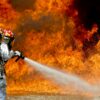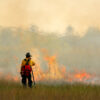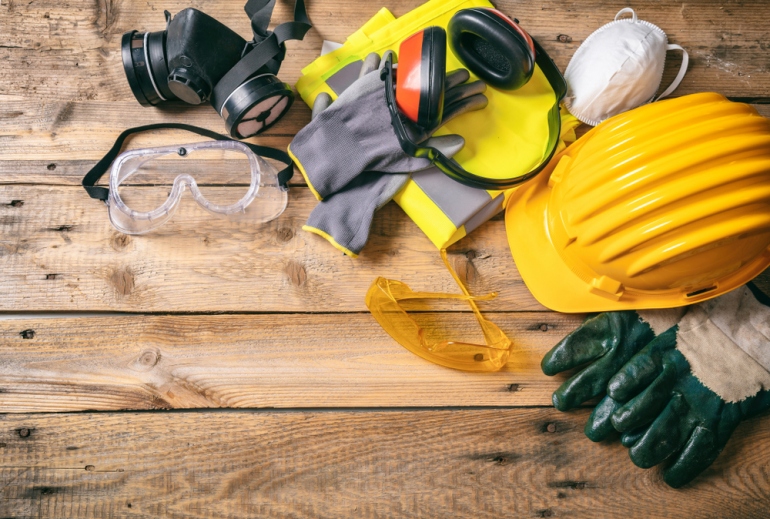Buildings sites can be incredibly dangerous places and even if everyone is working safely and cautiously, accidents can still unfortunately happen. This is why personal protective equipment (PPE) is so important and could even save a life. PPE is often used in dangerous situations, protecting people working in a wide range of environments from hospitals to war zones. Obviously, the PPE used in a war zone is much more robust than on a building site, but nevertheless, it shows how it can protect vital body parts. Afterall, damage to a limb is better than death. Many veterans find that PPE is the only thing that saved their life whilst serving, and whilst they might need to research disability benefits they’re entitled to here, many would argue they were lucky and would recommend PPE to anyone working anywhere remotely dangerous, like a building site. Read on for all that you need to know about using PPE on a building site.
Dangers
PPE is essential on any building site because there will always be hazards and accidents can happen. Falling debris or equipment, falls from heights, splashes of hazardous materials, impact and misuse of tools are just a few of the common accidents that are common on a building site. Cuts and scrapes, electrical risk and exposure to strong heat and noise are all other hazards that are common and many of these can lead to serious injury, disability and even death without PPE.
Categories
It is also important that you are aware of the 4 different types of PPE:
Level A: Highest level of skin, eye, respiratory protection
Level B: Highest level of respiratory protection; lower level of skin protection
Level C: Lower level of respiratory and skin protection
Level D: Lowest level of respiratory and skin protection
Choosing PPE
So, how can you choose the right PPE for your employees on a building site? The key is to identify what the risks involved are, what the conditions are, the tasks that need to be performed, the size and the standards in force. There is a lot of criteria, so you should carry out a safety audit and spend time considering what different hazards there are with each task.
Typically, PPE used on a building site will include safety helmets, goggles, gloves, high-visibility clothing, safety footwear, ear defenders and respiratory PPE. This equipment will protect workers against many of the hazards outlined earlier, but you must also make sure that you obtain PPE from a specialist supplier so that you can rest assured knowing that it is of the highest standard.
Getting Staff to Wear PPE
Additionally, getting employees to actually wear PPE can be a challenge – as many as 98% of employees have said that they have seen others not wearing PPE when they should have been. The 4 main reasons for this are that it looks unattractive, it is too hot, it is a poor fit or not easily accessible. This is why you need to consider all of these excuses and demonstrate the importance of wearing PPE and how it could save a life.
PPE needs to be a priority on any building site because it can prevent minor and significant injuries and save lives. You need to identify what the threats and hazards are on the site as a whole and with each task and ensure that your team alway have access to sufficient and high-quality PPE.







